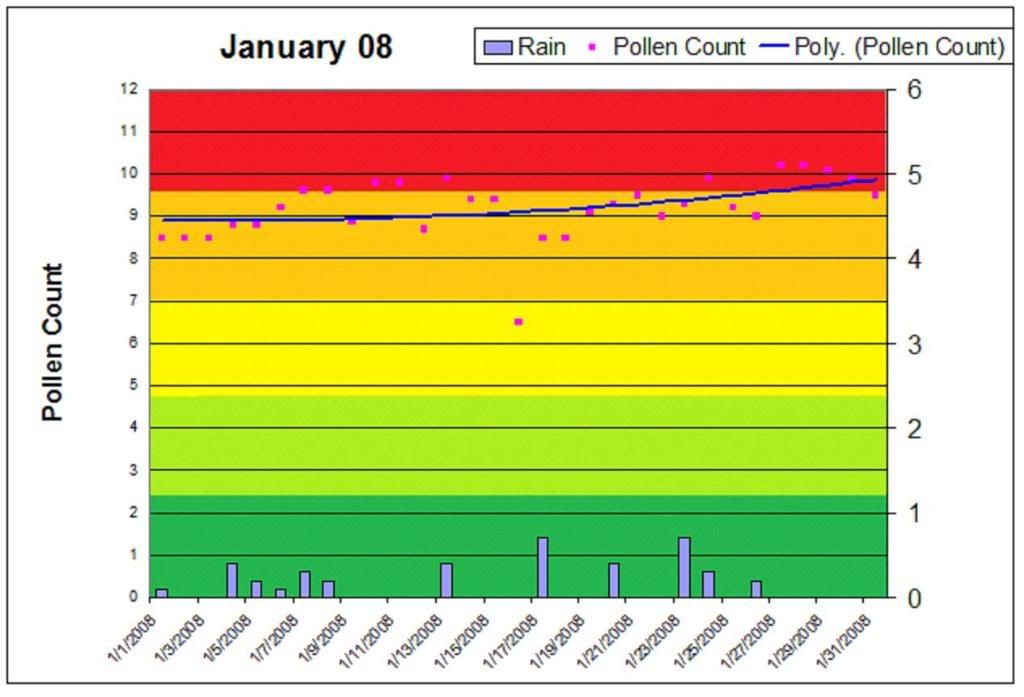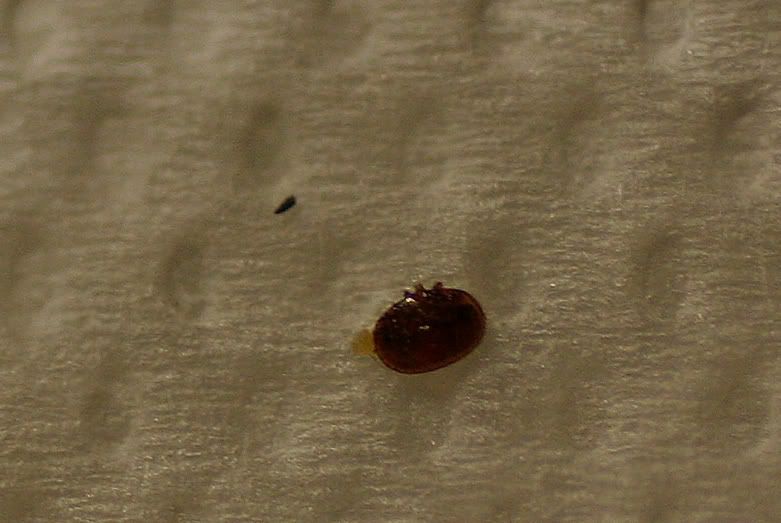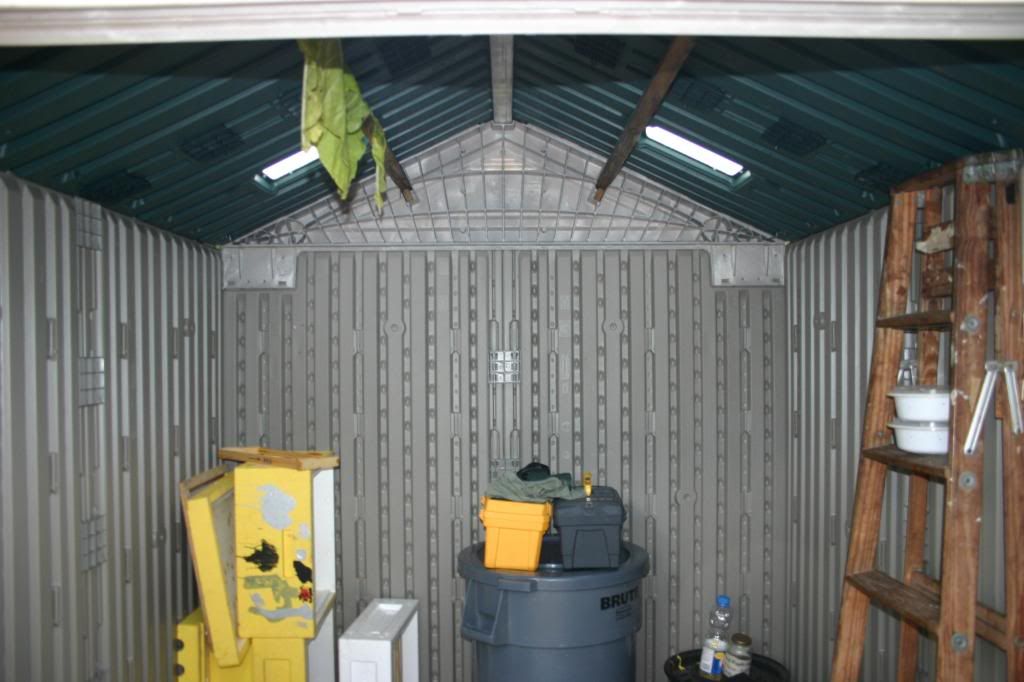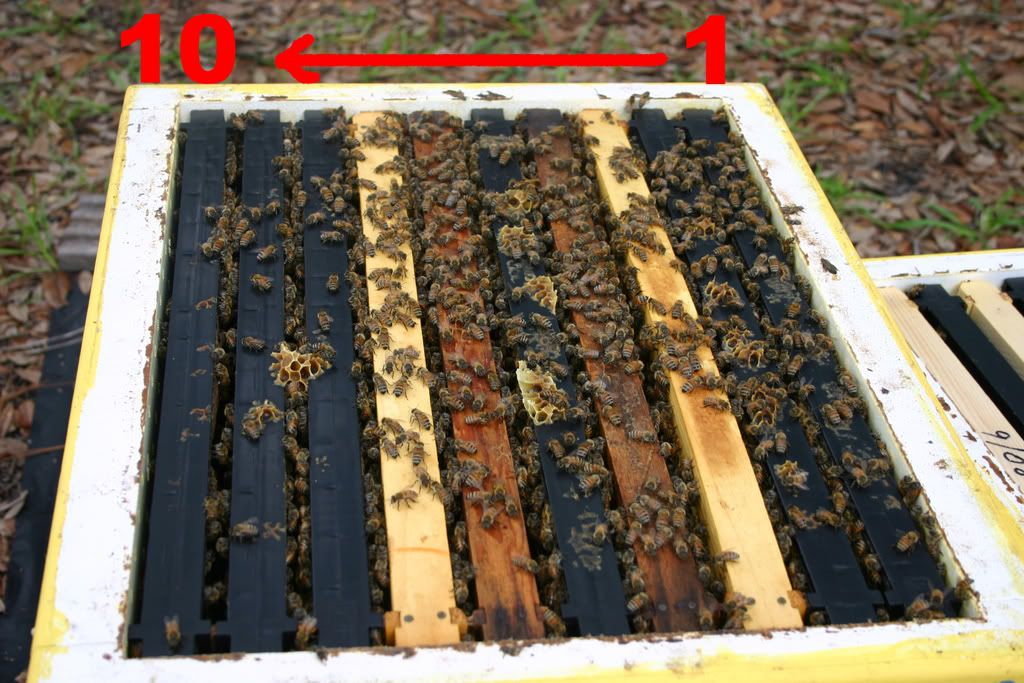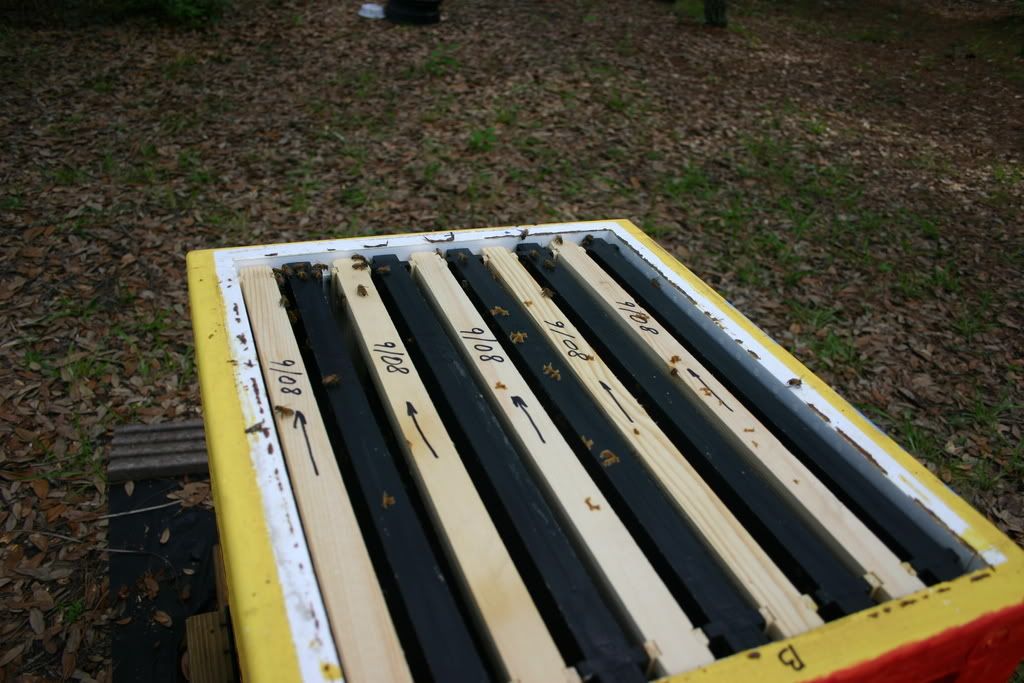A reader left a comment on my Sept. 10, 2007 Post "New Toys". It reads "Beemax are made of polystyrene and a componant is styrene which has been banned in several states. It is known that it causes cancer in animals and nerve disorders in humans." Thank you who ever you are for bringing this up to me.
You know!! it made me think ........ I should had done some research on what exactly is Polystyrene. So better late than never .. here is my research.
Note : these are my online findings, research, and conclusion. What do I know. Key words in RED.
First my conclusion:
- Had I done this research before buying the Beemax hives, I still would had gone ahead and bought them.
- Polystyrene - Styrofoam take out containers ARE Polysterine with injected air. Remember those Styrofoam containers from the 80's that kept the hot part hot and the cold part cold of a Big mac??? Well, that's what Beemax hives are made out off. Now, Styrene is a component of Polystyrine, but you have to melt Polystyrine to get the Styrene out. Like any burning plastic, burning it will produce noxious fumes. SO DON"T BURN and inhale BEEMAX HIVES or any other plastic
- Now, Expanded Polystyrene (Styrofoam Fast food food containers and carry out containers) have been band in several states, but not because they are potential carcinogens, rather because it takes a long long long time in landfills to decompose. "The health effects caused by consuming polystyrene when it migrates from food containers (primarily from a leaching caused by heat exchange) into food is under serious investigation" (Wikipidia) . Just Like cell phone use, grilling on the BBQ, laptops on your lap, the sun, eating too much of this or not enough of that, etc etc.
Styrene : "also known as vinyl benzene as well as many other names , is an organic compound with the chemical formula C6H5CH=CH2. Under normal conditions, this aromatic hydrocarbon is an oily liquid. It evaporates easily and has a sweet smell, although common impurities confer a less pleasant odor. Styrene is an important precursor to polystyrene, an important synthetic material." "Styrene is named after the styrax trees from whose sap (benzoin resin) it can be extracted. Low levels of styrene occur naturally in plants as well as a variety of foods such as fruits, vegetables, nuts, beverages, and meats. " " Health effects
Styrene is a toxin, an irritant, and a potential carcinogen.(Wikipidia)
Polystyrene : "is an aromatic polymer made from the aromatic monomer styrene, a liquid hydrocarbon that is commercially manufactured from petroleum by the chemical industry. Polystyrene is a thermoplastic substance, normally existing in solid state at room temperature, but melting if heated (for molding or extrusion), and becoming solid again when cooling off.".(Wikipidia)



 Link to more
Link to more 



